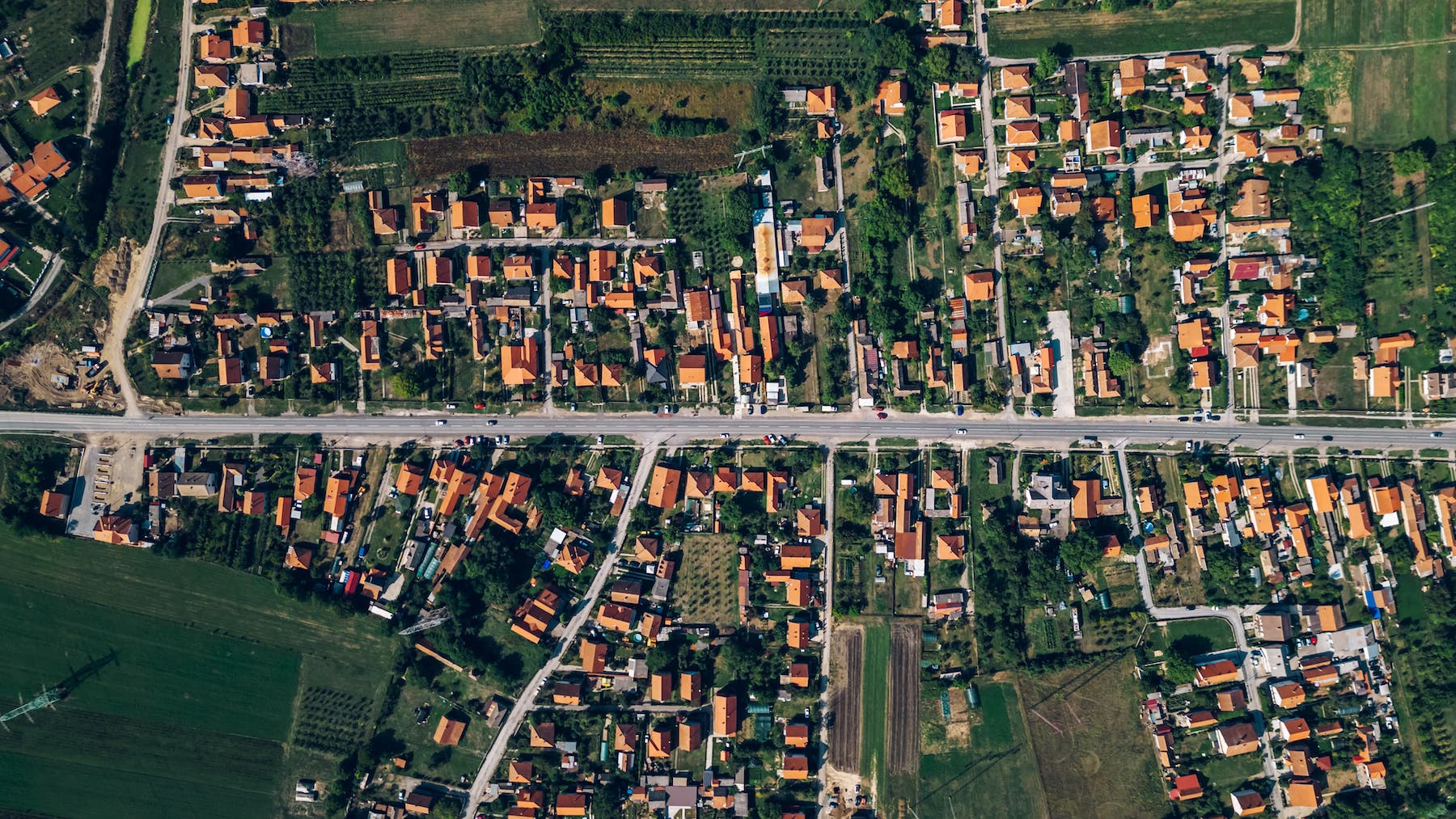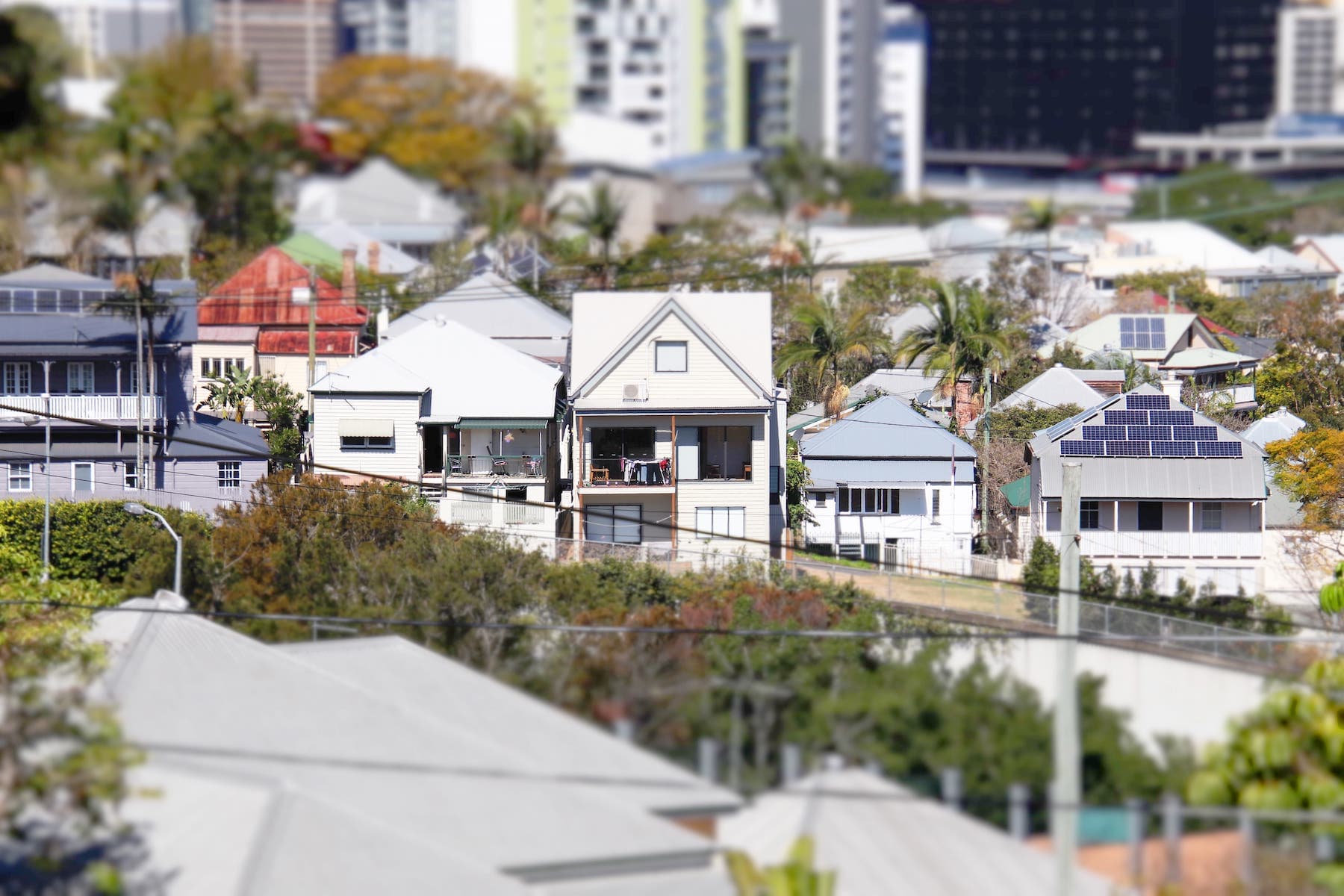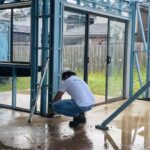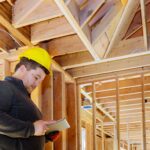Sydney Residential Investment insights
Residential Home Owners and Investors
The real estate market in Sydney has experienced significant growth and transformation in recent years. According to industry experts, several factors have contributed to the rise in real estate prices in Sydney. One factor is the road and metro infrastructure expansion, which has improved accessibility and connectivity across the city. This has made Sydney a more desirable location for both buyers and investors, resulting in increased demand and higher property prices. Another factor driving up real estate prices in Sydney is the increase in population and household incomes. Population growth has led to a higher demand for housing, especially in desirable areas close to amenities and employment opportunities. Rising household incomes also enable individuals to afford higher-priced properties, further fueling the demand and driving prices up.

It’s essential to note that property cycles are influenced by a complex interplay of factors, including economic conditions, government policies, immigration, housing supply, and consumer sentiment.
Scarcity of Available Land
Furthermore, the limited availability of land in Sydney has also contributed to the increase in real estate prices. With its stunning natural landscapes and coastal beauty, Sydney has become a highly sought-after location for residents and investors. As a result, the supply of land suitable for residential development is limited, leading to increased competition and higher prices for available properties. Because of this, residential investors have looked beyond Sydney into coastal areas such as the Illawarra region. This trend has been especially noticeable since the 1980s, as more people have chosen to work in Sydney but live in the Illawarra region due to attractive job opportunities but high real estate prices in Sydney.
Niki McComb from Property Buyer has another example. While the coastal areas closer to Sydney city are always good investments, other areas like Newcastle, Western Sydney and South Western Sydney will be worthwhile. These areas often have blocks of 600m2 or more, which can be enough room to add a granny flat, and there are many properties under $1M.

Sydney’s top real estate experts emphasize the importance of considering these industry insights when making residential investment decisions.
Building Infrastructure
Investments in infrastructure, both by the government and private sector, have played a crucial role in shaping the Sydney real estate market. The expansion of road and metro infrastructure has not only improved accessibility but has also stimulated economic growth and development. Niki highlights “People investing or owner occupiers wanting capital growth should look at areas where the government and private sector are forecasting or currently spending on infrastructure.” This is a good indicator of areas expecting high growth, which will become good investments in the future.
This has attracted businesses, industries, and job opportunities to Sydney, increasing population and demand for housing. Additionally, the reputation of the local housing society and sector development have also influenced real estate pricing in Sydney. For instance, areas with well-established and reputable housing societies are often associated with higher prices due to their perceived reliability and quality. These factors have made Sydney a desirable location for residential investing, and experts in the real estate industry are taking note of the trends and insights that can help guide their investment decisions.
The road and metro infrastructure expansion in Sydney has significantly impacted the real estate market. Improved accessibility and connectivity have made commuting to and from different parts of the city easier. As a result, areas once considered remote or undesirable have become more accessible and attractive to buyers and investors. This has led to an increase in demand for properties in these areas, driving up prices. Examples include the areas along the new Metro lines, such as Northwest Sydney and the Eastern Suburbs. These areas have seen a surge in development and investment as developers capitalize on the increased demand for housing.
Senior buyers’ advocate Niki McComb outlined that the Badgery’s Creek airport will open in 2026, and the M12 and Metro transport links are expected to coincide. A lot of healthcare funding is flowing into Blacktown for a new Brain and Spinal unit of around 150,000m2. Blacktown Hospital is being upgraded, and there is a plan for another Australian Catholic University to be based in Blacktown.

The property market can exhibit regional variations within the broader Sydney metropolitan area, with some suburbs and property types performing differently during different cycles. This can be attributed to factors such as location, infrastructure development, population growth, and demand for certain types of housing.
Cafe Culture
Cafe culture has become an integral part of Sydney’s real estate landscape. The emergence of vibrant and thriving cafe scenes in various neighbourhoods has significantly impacted the desirability and value of properties in those areas. Properties near popular cafes and coffee shops tend to attract higher demand from buyers and tenants, increasing prices and rental income.
Surry Hills, Newtown, and Bondi are examples of suburbs that have benefitted from the cafe culture effect. These areas have become known for their trendy cafes, brunch spots, and vibrant social scenes, attracting young professionals and creatives who value a vibrant lifestyle. Upcoming trendy Sydney suburbs showing potential for capital growth include Marrickville, Alexandria, and Redfern.
Avoid Timing the Market
One important lesson that experts in the real estate industry have learned is to avoid trying to time the market. Trying to predict when the market will peak or bottom out is a risky strategy that often leads to missed opportunities or poor investment decisions. Instead, experts recommend focusing on the long-term fundamentals and trends of the market. Andrew from Cherrybrook in Sydney who owns several residential property investments in Sydney “Don’t worry too much about when the best time to buy is. You will hear lots of different opinions in the media and through friends. Put simply, if you like something and can afford it, just get it. Do your own research using sold prices. Property is long term”.
This means considering factors such as population growth, job creation, infrastructure development, and demographic shifts when making investment decisions. By taking a long-term approach, investors can mitigate the risks associated with short-term market fluctuations and capitalize on the potential for growth over time. Additionally, experts suggest diversifying investments across different suburbs and property types to spread risk and maximize potential returns. Two recent property cycles in Sydney included:
Regulatory Measures (2017-2018)
In response to concerns regarding the affordability of housing and rapid price growth, various regulatory measures have been implemented. These measures include stricter lending standards and restrictions on foreign investment. These measures helped cool the market and slow price growth. As a result, Sydney experienced a slight downturn in property prices during this period. However, the market has rebounded since then, with steady growth in property prices in recent years.
COVID-19 Impact (2020s)
The COVID-19 pandemic had a diverse impact on Sydney’s real estate market. While there was initial uncertainty and a decline in sales activity, the implementation of government stimulus packages and historically low-interest rates played a significant role in driving up property prices in specific regions of the city. The pandemic also highlighted the importance of flexible living spaces and home offices as more people started working remotely. This shift in lifestyle and work habits may influence future property demand and investment opportunities in Sydney.

Investors and homebuyers in Sydney should closely monitor market conditions and seek professional advice when making real estate decisions, as the property market can be subject to both short-term fluctuations and long-term trends. These insights from Sydney’s top real estate experts highlight the impact of various factors on the residential investing landscape.







